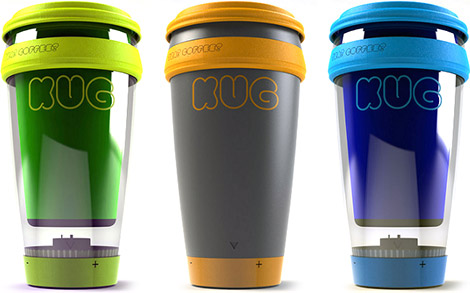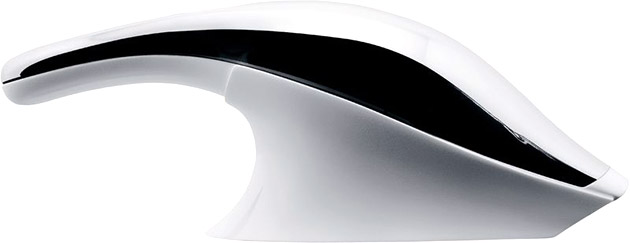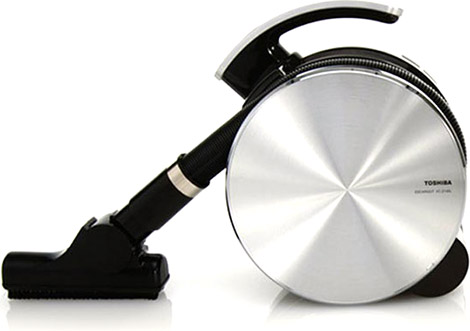The Bespoke AI Jet Ultra: Samsung’s Ambitious Take on Cordless Vacuum Tech

Four hundred watts of suction power. That figure alone marks a bold claim for any cordless vacuum. Samsung’s new Bespoke AI Jet Ultra enters the scene with numbers that suggest a shift in how we approach home cleaning performance. After spending decades evaluating vacuum systems, I’ve learned to treat manufacturer specs with caution. But there’s a level of engineering here that hints at something more substantial than marketing. In a space where most cordless units plateau around modest output, this model signals a potentially different trajectory.
At the heart of the Bespoke AI Jet Ultra is Samsung’s new HexaJet Motor. The hexagonal stator structure and optimized airflow suggest an unconventional but focused push for energy efficiency. It’s easy to be impressed by schematics and airflow diagrams, but performance only becomes meaningful when translated across real living spaces. Laminate flooring, pet hair, rugs, dust—only practical use will reveal whether this design redefines effectiveness or just adds another acronym to the mix.
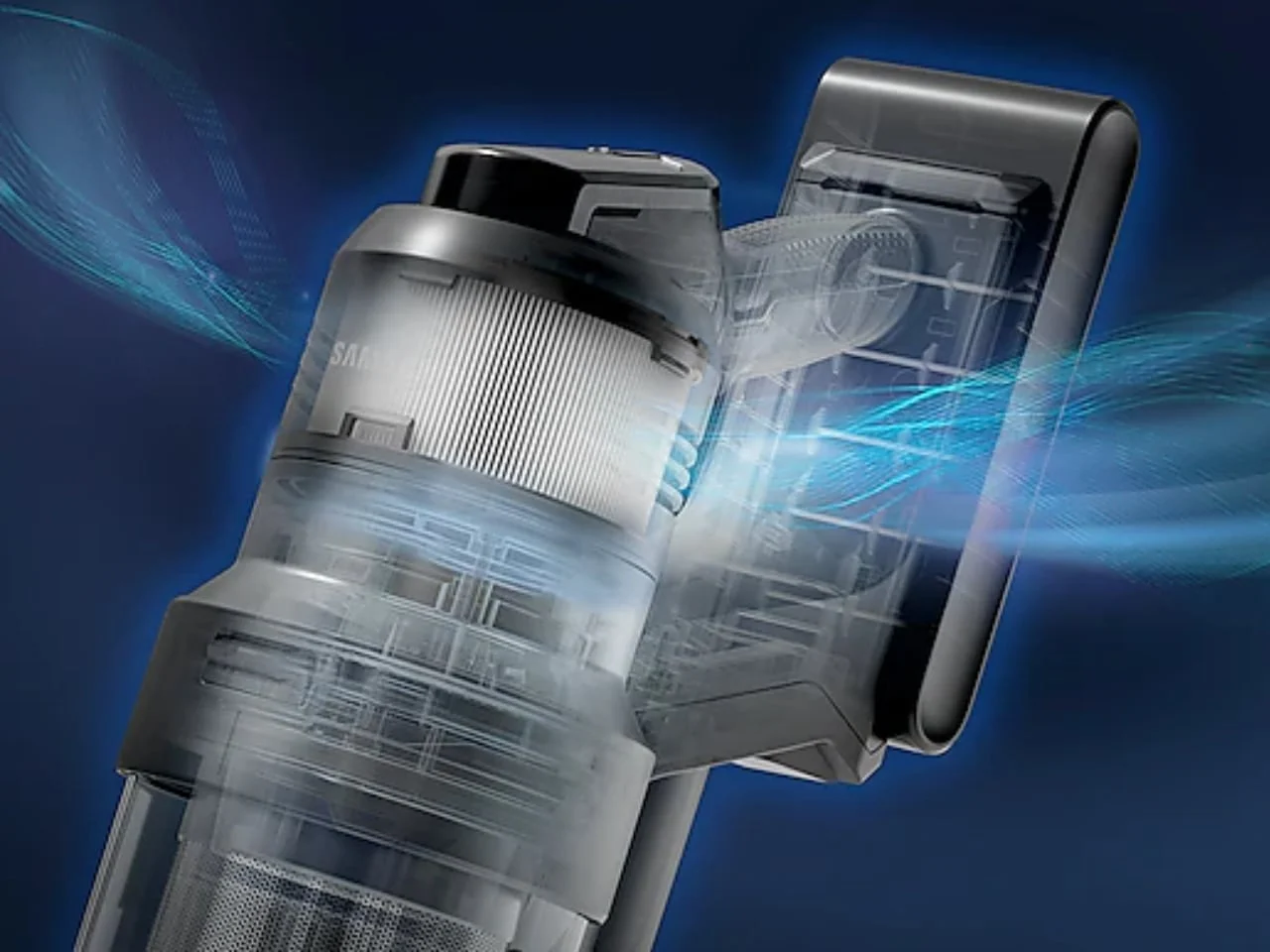
Battery life has always been a hurdle for cordless vacuums. Samsung addresses that by bundling two swappable battery options—one offering up to 100 minutes of runtime, the other a lightweight module capped at 60. The claim of 160 minutes combined, with 70% battery health retention after 500 charge cycles, sets a new benchmark if real-world use lives up to the numbers. Add to that a two-year battery warranty, and it’s clear Samsung isn’t treating this as a minor spec bump.
Connectivity enters the picture with SmartThings integration. The Bespoke AI Jet Ultra joins Samsung’s expanding smart appliance lineup with a global launch set for March 31, 2025. Whether linking a vacuum to a broader connected ecosystem brings practical advantages or simply introduces more touchpoints for troubleshooting remains an open question. Smart home convenience still walks a fine line between utility and complication.
More grounded in everyday benefit is the self-emptying dock. Once the vacuum returns, the station automatically clears the dustbin. It’s a clean exit from one of the most unpleasant parts of vacuum maintenance. Samsung isn’t the first to implement this, but it’s a welcome return feature that particularly helps households with allergy sensitivities or those simply tired of coughing through dust clouds.
Filtration is another area where the engineering appears thoughtful. A multi-stage HEPA system captures particles as small as 0.3 microns at a claimed 99.999% efficiency rate. Those extra decimal places might seem minor, but anyone dealing with pet dander, seasonal allergens, or fine construction dust knows how meaningful that difference can be in preserving indoor air quality.
AI Cleaning Mode 2.0 serves as Samsung’s intelligent power management system. It identifies six cleaning environments using a combination of brush load and air pressure sensors and adjusts suction and brush speed accordingly. The system distinguishes floor types, accounts for corner friction, and reportedly reduces energy use by 21%. If these dynamic shifts improve actual pickup and reduce drag on the battery, it could save users from needing to toggle between modes mid-clean.
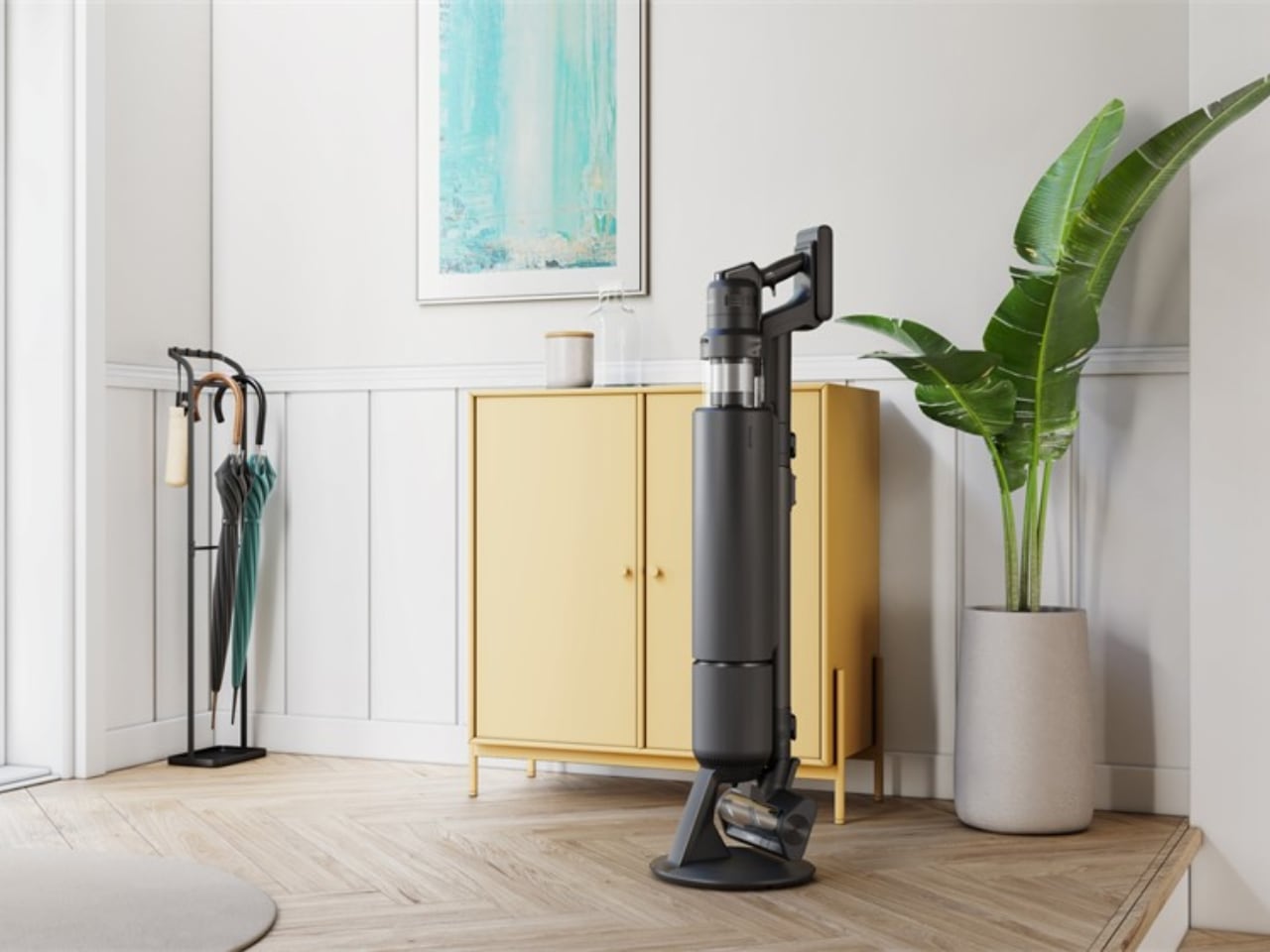
An LCD screen on the vacuum shows status updates and settings. Whether that adds to usability or simply inflates the price depends on how intuitive the interface feels in daily cleaning routines. Sometimes, a quick glance at battery levels and filter alerts streamlines maintenance. Other times, on-device screens introduce another layer of distraction when a single switch could’ve sufficed.
The tool set includes a carpet-optimized Active Dual Brush and a Slim LED Brush+ for edges and narrow zones. Both add flexibility to how the vacuum handles mixed surfaces and tight layouts. Thoughtfully engineered attachments often say more about a brand’s grasp of real-world usage than core motor specs.
Jeong Seung Moon, EVP of Samsung’s Digital Appliances R&D, positions this vacuum as a continuation of the Bespoke Jet AI’s success. He frames it as a major development for connected home cleaning. While press statements tend to overreach, the hardware itself does suggest serious design and performance ambition, especially in the cordless category, where incremental upgrades tend to dominate.
The Bespoke AI Jet Ultra will retail for $1,099 in the U.S. (£1,119 in the UK), placing it squarely in premium territory. That’s Dyson-level pricing and then some. Whether it earns that label depends on how those performance metrics show up in daily use. Power and polish are one thing—consistency, comfort, and reliability are another. For many households, this price point demands more than spec sheet superiority.
Past Samsung vacuum models brought fluid handling and deep-pile strength, but they haven’t gone uncontested. The category is crowded, and brand loyalty is thin when competitors offer similar power at lower cost. Samsung’s task is to make this vacuum feel like more than a spec bump wrapped in sleek plastic.
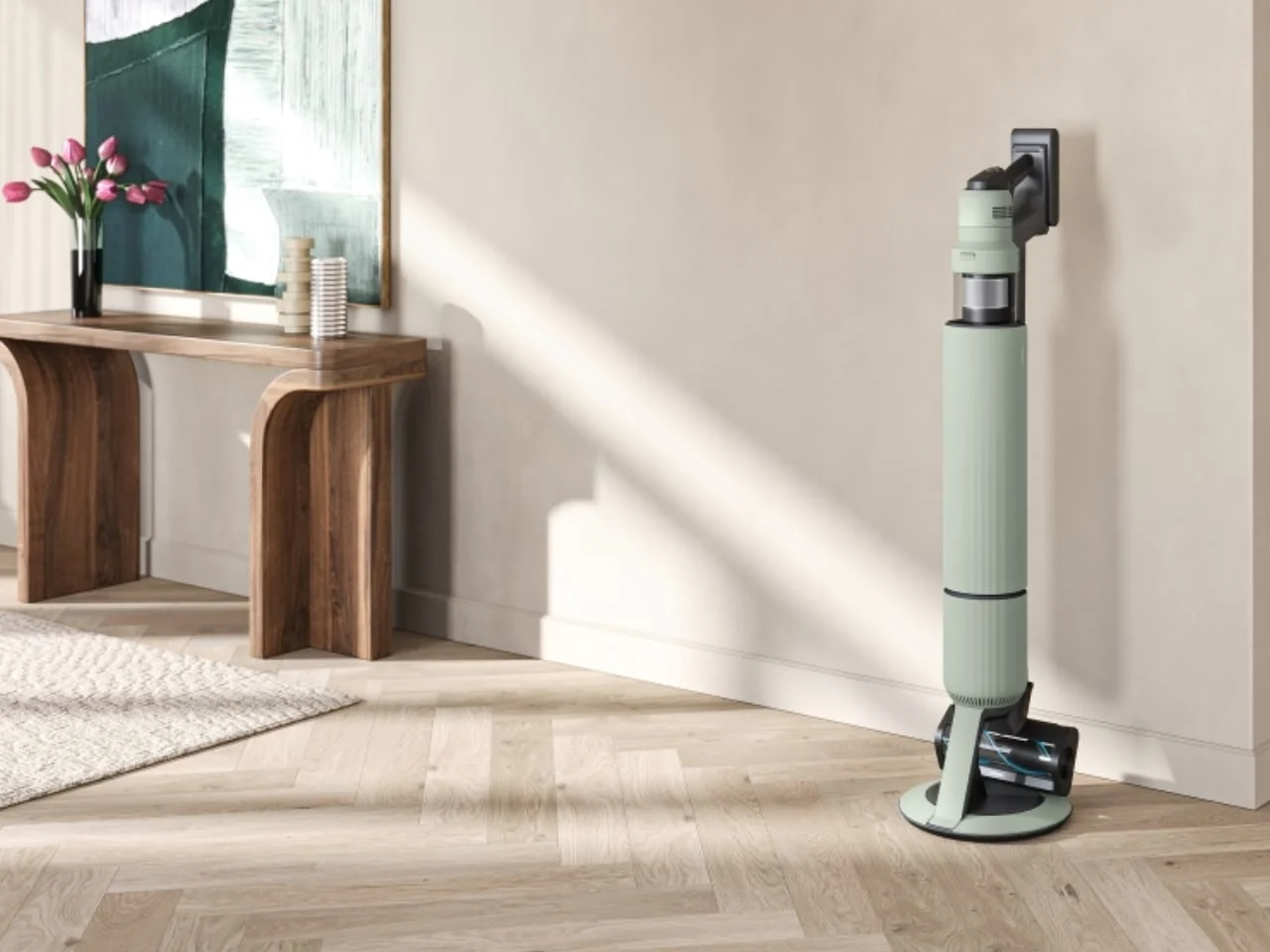
The core question always comes back to execution. Raw suction is meaningless if the brush head smears dirt or the vacuum tips when turning corners. Weight balance, tool access, hair pickup, and stair performance all factor into a purchase decision more than a peak wattage figure. Many vacuums with promising motors fall short in the field due to awkward ergonomics or poorly tuned heads.
Consumers have learned to dig deeper than headline numbers. Can it get under low-slung furniture? Will the filter clog with long hair? Does the grip fatigue your wrist halfway through a job? These are the real tests, the ones that determine whether a vacuum becomes part of a routine or ends up stashed in a closet.
Samsung has placed big bets on power, runtime, intelligence, and design. But the most important feedback won’t come from lab charts—it’ll come from dust bunnies in real homes. Until independent testing delivers verdicts, these specs remain projections. Impressive ones, but still waiting for dirt to prove them right—or wrong.
